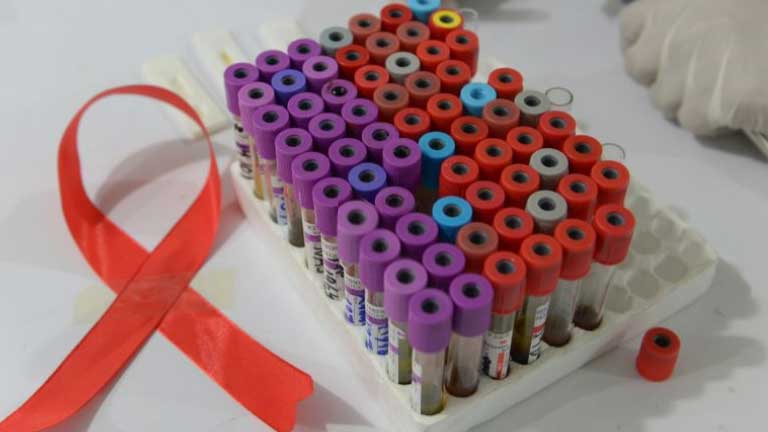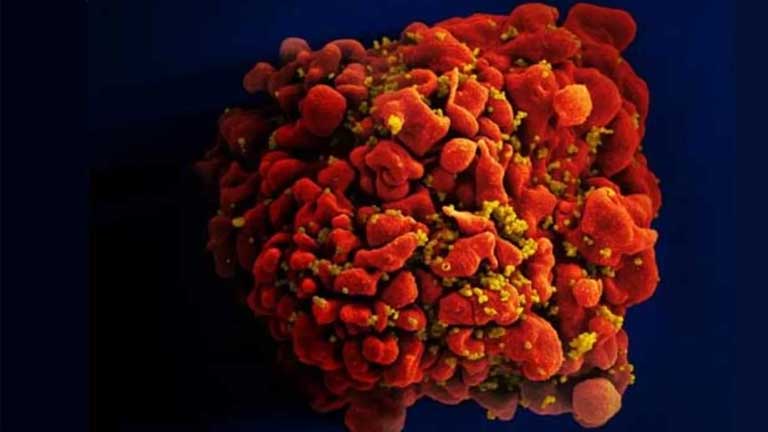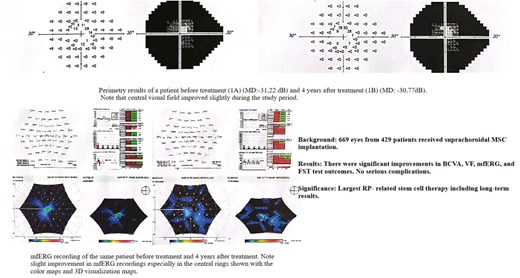By Tasnim Ahmed, CNN – Link to article
A US woman has become the third known person who’s gone into HIV remission, and the first mixed-race woman, thanks to a transplant of stem cells from umbilical cord blood, according to research presented at a conference Tuesday.
The woman, whom the researchers described as middle-aged and of mixed race, was diagnosed with acute myeloid leukemia four years after an HIV diagnosis, according to an abstract from the Conference on Retroviruses and Opportunistic Infections.
After the leukemia diagnosis, she received high-dose chemotherapy that destroyed her blood cells. Later, she got a transplant of stem cells from an adult family member to replenish her own blood cell levels. This served as a bridge to maintain her blood cells while she received stem cells through umbilical cord blood from an unrelated newborn, which can take up to a month to start producing cells. The cord blood had a mutation that makes cells resistant to HIV infection.
Just over three years after her 2017 transplant, she stopped taking HIV meds, known as antiretroviral therapy, and had no detectable virus 14 months later.
According to Dr. Marshall Glesby, associate chief of the Division of Infectious Diseases at Weill Cornell Medicine and a member of the research team, the advantage of using cord blood is that it is taken from a national repository that allows scientists to identify blood the HIV-resistant mutation.
This was also the mutation involved in the other two known cases of HIV cured in people who had stem cell transplants.
This mutation is predominantly found in people of northern European descent, limiting the ability to transplant to people who aren’t White. Yet although the patient in this study identified as mixed-race, she was still a match for the transplant, indicating a wider pool of possible transplant recipients from diverse racial backgrounds. Cord blood does not need to be as rigorously matched as adult donor stem cells.
“So [cord blood] would potentially be more widely available to people who need a transplant who have HIV, because of this lack of a necessity for as rigorous matching,” Glesby told CNN.
Dr. Yvonne Bryson, chief of pediatric infectious diseases at the David Geffen School of Medicine at UCLA and principal investigator of the study, said a man who was initially included in the study died of cancer recurrence before his results could be assessed.
The woman has also been in remission from cancer for 4½ years now. She did not have graft vs. host disease – when donor cells attack the recipient’s cells after a transplant – unlike the two other people cured of HIV. Those previous experiences had led researchers to assume that graft vs. host disease was important to the cure. But the woman’s case disproves it, Glesby said.
However, researchers warn that this development applies only to a small fraction of people with HIV.
About 50 people a year who have HIV and blood cancer may benefit from this approach, according to Bryson.
Glesby agreed: “This is not the type of treatment that would be appropriate for somebody who does not have a medical need to have a transplant.” This type of transplant can be fatal in up to 20% of people, he said, or it might cause other health problems.
“This person happened to have an underlying disease which required a stem cell transplant so I don’t want people to think that now this is something that can be applied to the 36 million people who are living with HIV,” Dr. Anthony Fauci, director of the National Institute on Allergy and Infectious Diseases, said Tuesday in an interview on the “Conversations on Health Care” radio show. “It is not practical to think that this is something that’s going to be widely available.”
CNN’s Michael Nedelman contributed to this report.




